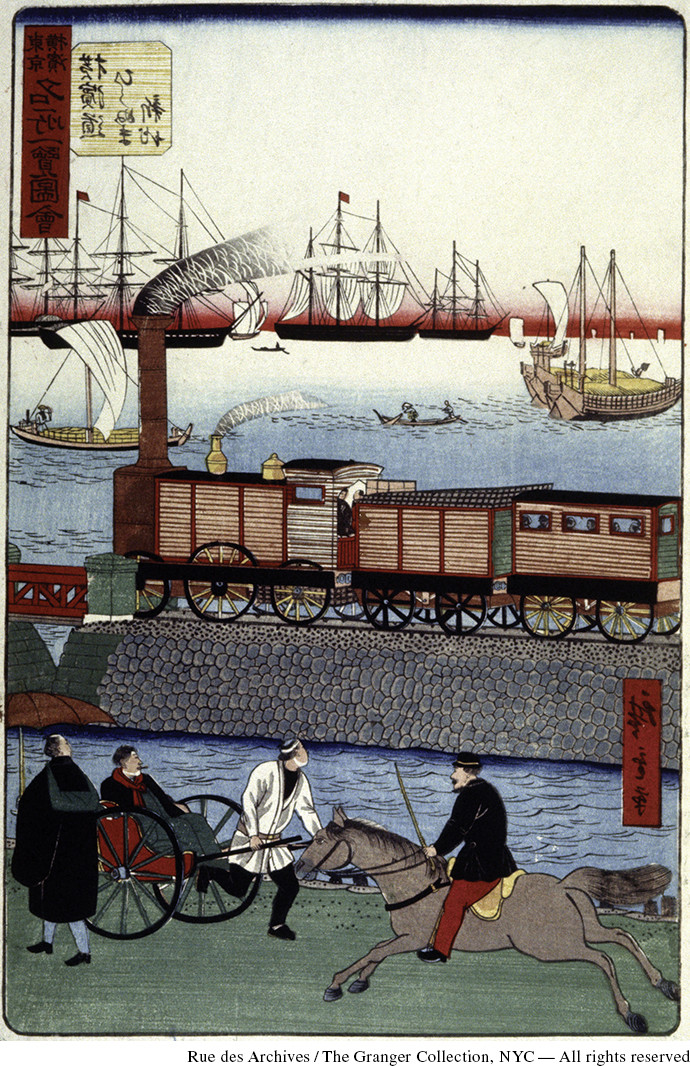Japan’s Imperial Agenda
Printed Page 751
Important EventsJapan’s Imperial Agenda

Japan escaped European rule by rapidly transforming itself into a modern industrial nation with its own imperial agenda. The Japanese embraced foreign trade and industry. “All classes high and low shall unite in vigorously promoting the economy and welfare of the nation,” ran one of the first pronouncements of the Meiji regime that had come to power in 1868. Unlike China, the Japanese government directed the country’s turn toward modern industry, and state support led daring innovators like Iwasaki Yataro, founder of the Mitsubishi firm, to develop heavy industries such as mining and shipping. The Japanese sent students, entrepreneurs, and government officials to the West to bring back as much new knowledge as they could.
Change was the order of the day in Japan. Japanese legal scholars, following German models, helped draft a constitution in 1889 that emphasized state power rather than individual rights. Western dress became the rule at the imperial court, and when fire destroyed Tokyo in 1872, a European planner directed the rebuilding in Western architectural style. The Japanese adapted samurai traditions such as spiritual discipline to create a large and technologically modern military. In the 1870s, Japan purchased naval ships from Britain and began conquering adjacent islands, including Okinawa.